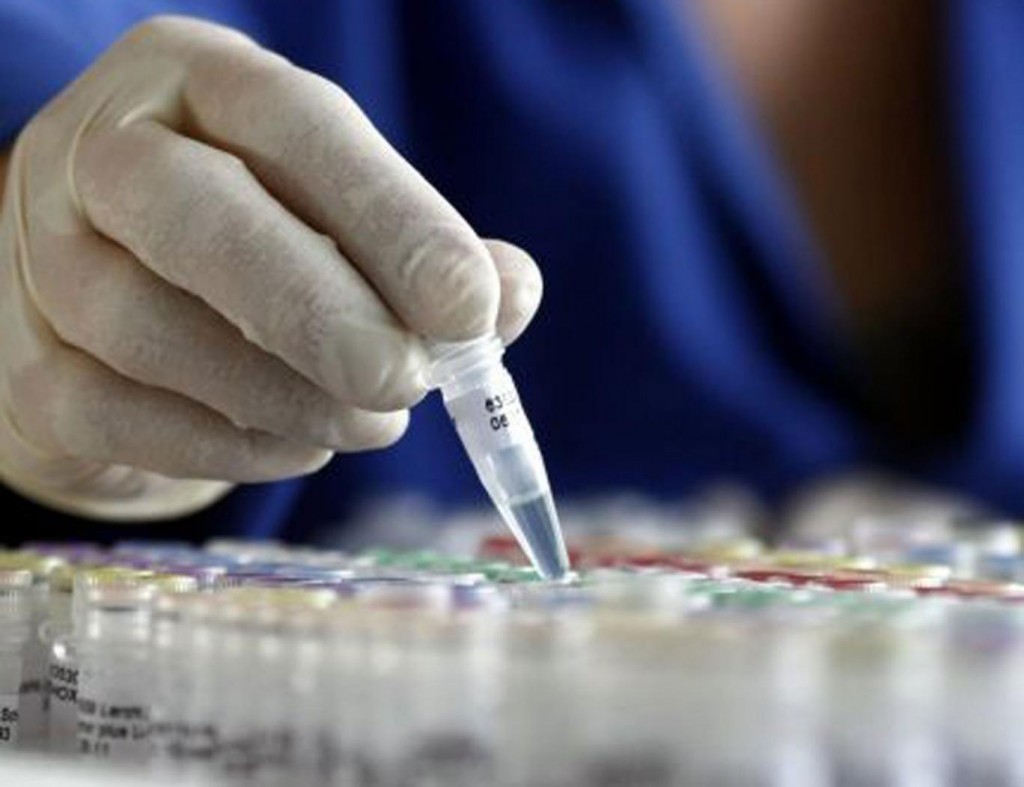-
Tips for becoming a good boxer - November 6, 2020
-
7 expert tips for making your hens night a memorable one - November 6, 2020
-
5 reasons to host your Christmas party on a cruise boat - November 6, 2020
-
What to do when you’re charged with a crime - November 6, 2020
-
Should you get one or multiple dogs? Here’s all you need to know - November 3, 2020
-
A Guide: How to Build Your Very Own Magic Mirror - February 14, 2019
-
Our Top Inspirational Baseball Stars - November 24, 2018
-
Five Tech Tools That Will Help You Turn Your Blog into a Business - November 24, 2018
-
How to Indulge on Vacation without Expanding Your Waist - November 9, 2018
-
5 Strategies for Businesses to Appeal to Today’s Increasingly Mobile-Crazed Customers - November 9, 2018
Twins may share cancer risk
Led by researchers from the Harvard T.H. Chan School of Public Health, the University of Southern Denmark, and the University of Helsinki, the research examined 23 different types of cancer and found excess familial risk for nearly all of them, including both common cancers (like breast and prostate cancers) and uncommon cancers (like ovarian, stomach, and testicular cancers).The study is the first to provide estimates for family risk for these cancers, all the while demonstrating an interesting finding – in twin pairs where both developed cancer, each twin often developed a different type of cancer, suggesting that, in some families at least, there is a shared increased risk of any type of cancer.
Advertisement
This study is the first of its kind, looking at family risk estimates for those rare forms of cancer.
But the study also showed that among pairs of twins in which both individuals had developed cancer, more than two-thirds of the twins were diagnosed with different types of cancers.
But when one identical twin developed any cancer, the other twin carried a 14 percent increased cancer risk compared with the general population, the researchers found.
For most cancer types, there were significant familial risks and the cumulative risks were higher in monozygotic than dizygotic twins.
For the study, Mucci and her fellow researchers analyzed data from the Nordic Twin Study of Cancer conducted between 1943 and 2010.
The researchers also found that for 20 out of the 23 specific types of cancer studied, if one twin developed one type of cancer, the risk of the second twin also developing that same type of cancer was higher than average.
“If cancer was simply genetic, identical twins would be affected by cancer equally”, Bernik added. The researchers estimated that, when one fraternal twin was diagnosed with any cancer, the co-twin’s risk of getting cancer was 37%; among identical twins, the risk jumped to 46%.
The researchers also found that the heritability of cancer overall was 33%.
But just because one twin falls ill does not mean that the other is certain to get the same cancer, or any cancer at all, according the report in the Journal of the American Medical Association (JAMA). “Although there was an increased risk of cancer amongst identical twins, there was not a 100 percent correlation, indicating that environmental factors also play a part in the development of cancers”.
Mucci said the cancer incidence could be due to shared genetic and environmental factors. Melanoma in particular had a heritability rate of 58 percent, meaning that genetics accounts for over half of the variability in risk of developing melanoma.
“This information about hereditary risks of cancers may be helpful in patient education and cancer risk counseling”, the authors write.
One of the strongest familial risks was observed for testicular cancer.
In other cancers, the study found that genetics played a mild to moderate role: ovarian (39 percent), kidney (38 percent), breast (31 percent), and uterine (27 percent).
Advertisement
Because of this study’s size and long follow-up, we can now see key genetic effects for many cancers.





























